 Author | Tornado
Author | Tornado
Guided reading: With the development of the computer vision field, animation has become more and more cool. When improving image quality, various motion solutions also need to take into account file size and performance. The transparent MP4 solution enables the designer to make animation WYSIWYG, which fully utilizes the designer’s imagination and creativity. Baidu YYEVA dynamic effect player is a set of lightweight, high-performance, cross-platform dynamic effect solutions based on transparent MP4. It supports the insertion of dynamic elements, provides a complete tool chain, and provides a one-stop solution from the design side. resource export, online preview, and client-side rendering SDK.
The full text is 3736 words, and the estimated reading time is 10 minutes.
01 Introduction of YYEVA
YYEVA has implemented a complete set of tool chain, including: AE plug-in at the resource output end, online preview tool, client-side rendering SDK, transparent MP4 resources, and dynamic business elements can be inserted.
YYEVA is a lightweight, high-performance, cross-platform, dynamic MP4 resource solution
YYEVA includes a complete tool chain from design tools AE plug-ins, online preview tools, and client-side rendering SDKs
Based on the affine matrix operation, the position information of each frame of the layer is obtained
Integrated MP4 (avc/hevc) encapsulation protocol and other related functions
Highly extensible, can restore all the details of the designer
Support Web, Android, iOS, etc.
YYEVA has been used in many projects, among which YYEVA, Tieba, Baidu, Kankan and other scenes use YYEVA to achieve complex dynamic effects, and are also provided to the project team of external companies for use
Click the link to view the case demo video: https://mp.weixin.qq.com/s/bXgauBqtwUlT8IRXPLr45w
Open source project address: https://github.com/yylive/yyeva
YYEVA official website: https://yyeva.netlify.app/
02 YYEVA’s Path of Exploration
2.1 Centralized implementation of animation
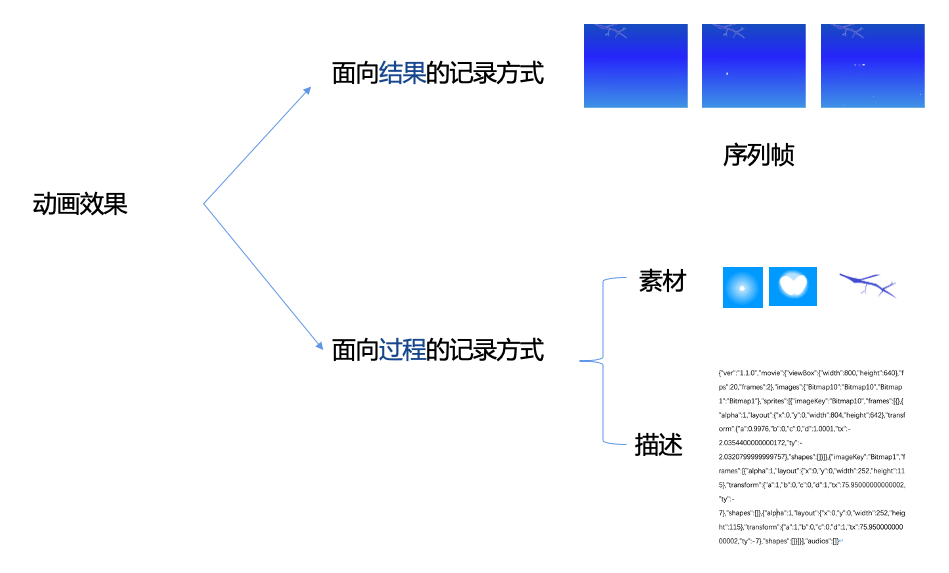
1. Results-Oriented Recording
This method is to record the image of each frame of the animation, and restore the animation effect according to the RGBA of the image during playback.And only the final result is recorded, the animation elements of the design cannot be restored, so it is difficult to modify the animation elements, and inserting elements is also more complicated
WYSIWYG can restore all design effects; no need to develop support for specific special effects; the number of elements and motion complexity have little impact on playback performance
Large file size; not easy to support dynamic insertion or replacement of elements
2. Process Oriented Recording
This method is to record the animation creation process, and at the playback end, calculate the motion trajectory of each element according to the process, and restore the effect; real-time calculation is required to restore the animation, and the more complex animation, the greater the amount of calculation, such as the calculation related to filters and Bezier curves Very performance-intensive.
Small in size, can be stretched at will without affecting the quality; easy to dynamically insert elements
Poor performance, consumes CPU and GPU; poor support for complex animations, the more complex animations, the easier it is to freeze
Comparing the realization principles of the above two animations, in order to achieve the WYSIWYG effect and give full play to the designer’s imagination, YYEVA adopts a result-oriented animation method—transparent MP4 scheme
Compared with the sequential frame scheme, transparent MP4 has the advantage of higher compression rate, thus solving the problem of large file size.We have developed a YYEVA toolchain that supports dynamic insertion or replacement of elements
2.2 Video animation
With H264 encoding, the color sampling standard of MPEG-4 is YUV, YUV is the superposition of luminance and chrominance components, and does not support alpha channel. Therefore, how to make MP4 video support transparency, the common way in the industry is to use two channels to store separately RGB data and Alpha data of the video. Due to the advantages of video animation WYSIWYG and support for more complex special effects, it is currently widely used in various scenes of YY, and has become the preferred solution for YY animation playback.
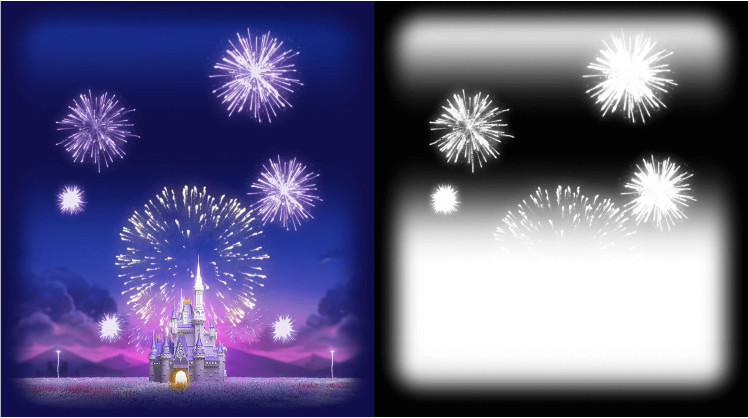
If the animation resolution is 500×500, the resolution of Mp4 is 1000×500, of which 500×500 on the left is RGB data, and 500×500 on the right is Alpha data. Player is combined into RGBA texture and then rendered and displayed.
2.3 Mixing MP4 motion
In MP4 motion effects, add some business elements such as nicknames, avatars, pictures, etc. The common practice is to superimpose a native View when MP4 is playing, or use MP4 + SVGA/Y2A to achieve. In this way, there are often problems such as resource download, synchronous playback, and maintenance of multiple sets of resources.
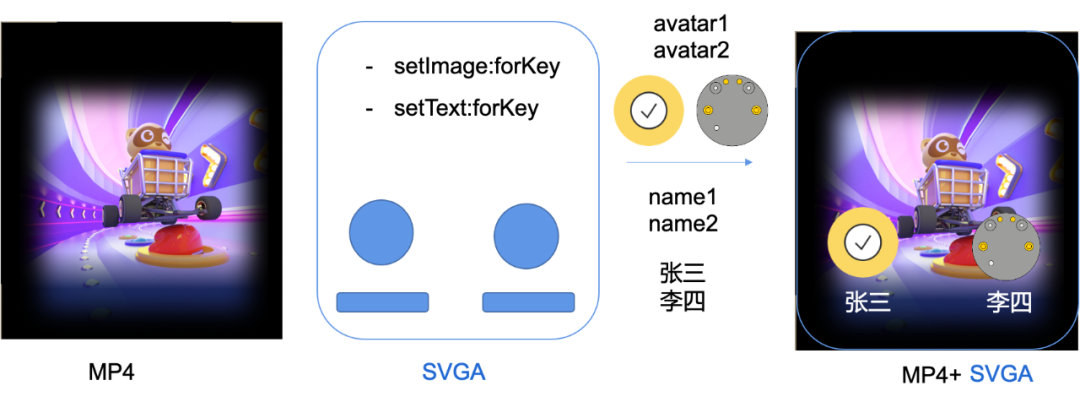
2.4 YYEVA solution
The video frame and description information are combined into one MP4 resource and rendered synchronously, which solves the problem of resource download, synchronous playback, and maintenance of multiple sets of resources.
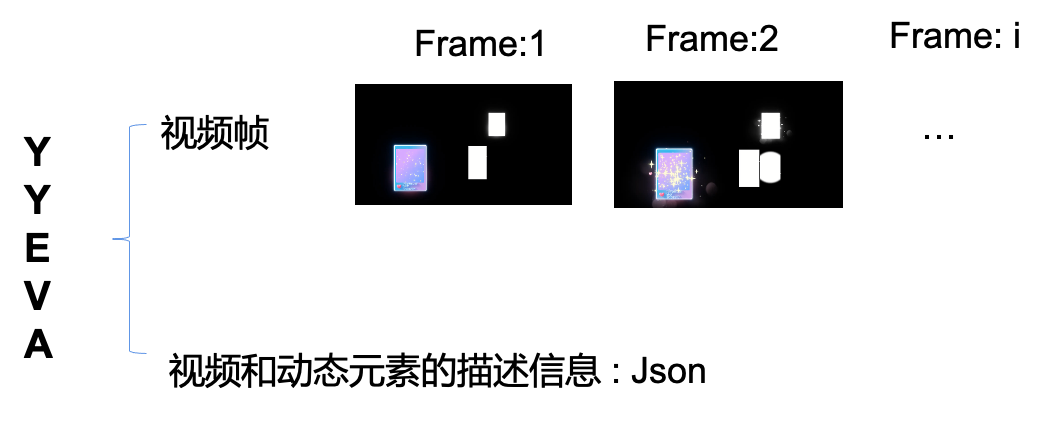
The Json description information of YYEVA is as follows:
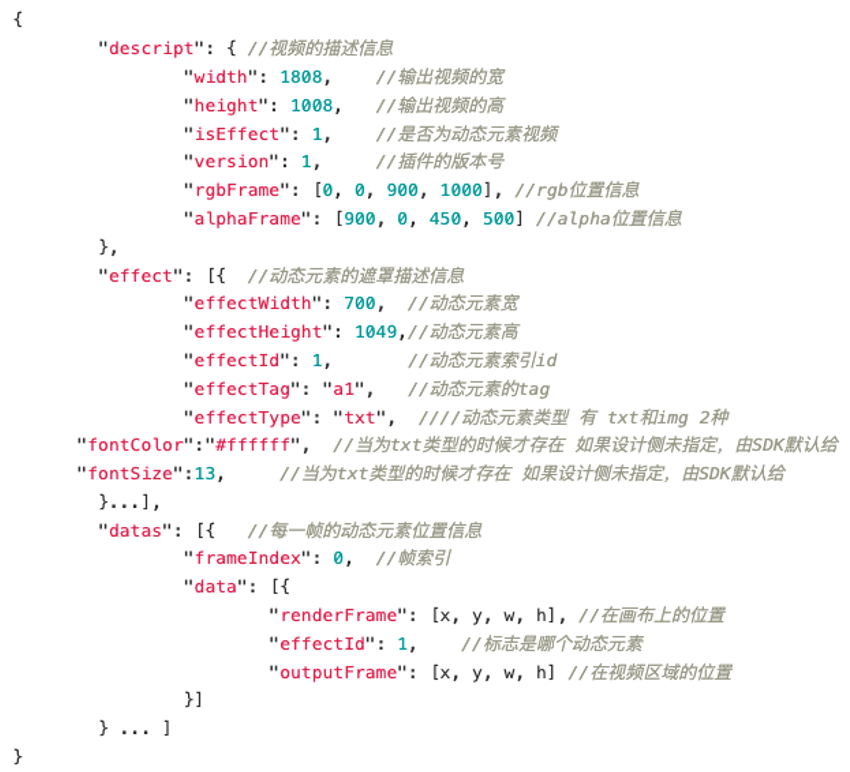
1. YYEVA describes dynamic elements
Describe several major elements of an animation: time, position, deformation
Time: Describe the frame index that needs to appear through the frameIndex of Json
Position: Describe the position and size of the element on the canvas through Json’s RenderFrame
Deformation: Get the mask of element deformation through Json’s OutputFrame
2. Demonstration of mask mask
Shapes can be recorded in 2 ways


03 YYEVA implementation plan
The frame diagram of YYEVA is as follows:
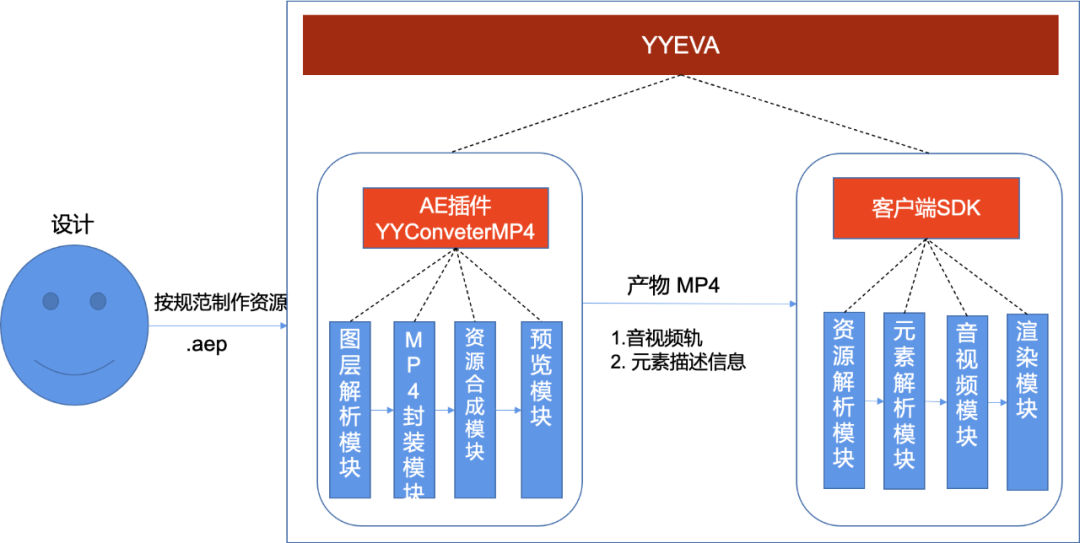
The flowchart of the toolchain is as follows:
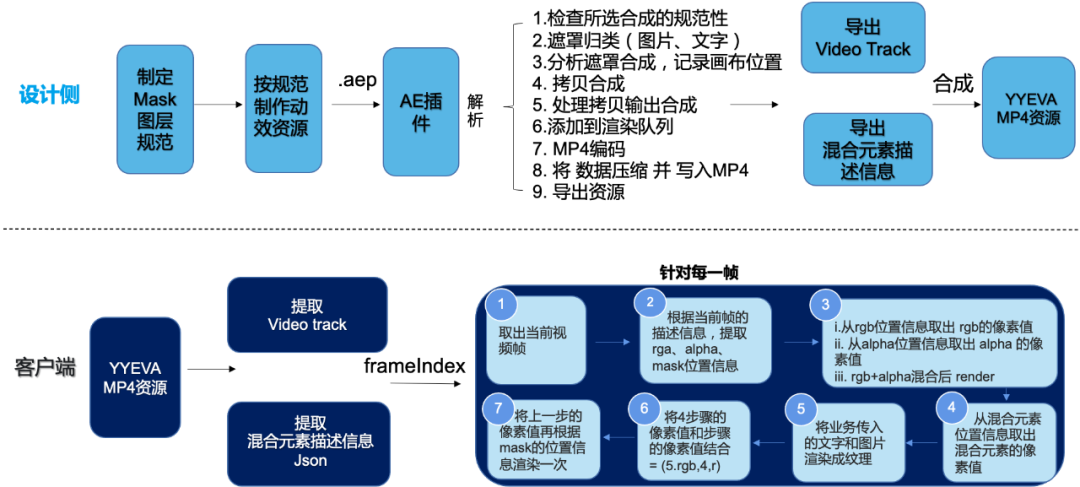
3.1 YYEVA plug-in
The YYEVA solution analyzes the relevant layer information made by the designer according to the specification through an extension program developed on AE, and exports a YYEVA resource through the layer analysis module, h264 module, and resource synthesis module of the YYConveterMP4 plug-in.
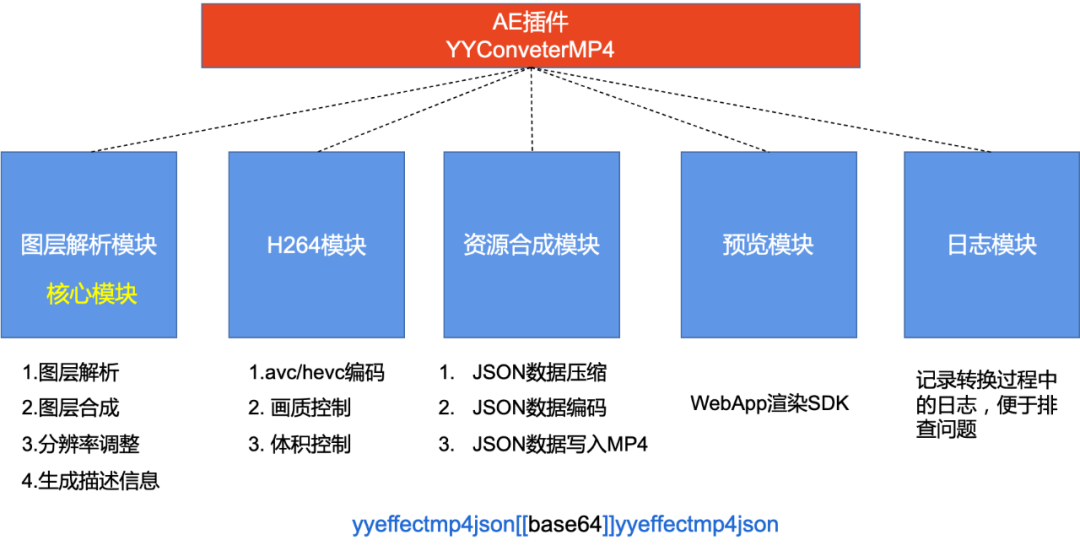
1. Layer parsing module

Normative testing
Whether the selected composition contains transparent area layers: The resources currently processed by the plugin are based on YY transparent MP4 resources, so the source material must be a transparent MP4 resource.That is, RGB/Alpha is separated from left to right
Whether the selected composition contains the Mask mask area: the text mask area uses mask_text as the composite name; the image mask area uses mask_image as the composite name
Whether to include the YYConverterMP4 template, which is used by the following H264 module to convert MP4
Layer handling
Calculate affine matrix: Matrix
Calculate Mask Position: RenderFrame
Extract Mask Compositing
Calculate the RenderFrame of each frame of all layers under the Mask composition
Copy an output composition, and adjust the position after reducing the Alpha area by 0.5 times. At the same time, it is divided into three parts: rgb, alpha, mask
Copy all valid mask layers to the output composition, adjust to the mask area, and calculate the OutputFrame
Resize the area of the output composition
Combine the RenderFrame and OutputFrame calculated above into one Json data
copy synthesis
After making a copy of the formulated output composition, adjust the position after reducing the alpha area by 0.5 times, and divide it into three parts at the same time: rgb, alpha, and mask.

2. H264 module
Create a specified YYConverterMP4 template on AE, and output the unified rendering queue into avi format
Integrate the ffmpeg command line tool inside the plug-in, and invoke the command line tool through child_process. The ffmpeg executable files used by MAC/Windows are different (.app and .exe files)
When using ffmpeg to convert, unify the output image quality and volume by encapsulating the CRF parameters of three gears
It is realized by selecting different encoders to output H264/H265 resources
3. Resource synthesis module
Packed data
According to the basic information of outputFrame, inputFrame, and video, form a jsondata compression coding
Package and encode json into base64, and add the prefix and suffix yyeffectmp4json[[ Json ]]yyeffectmp4json
export to AVI
Use the created template YYConverterMP4, add the copied composition to the rendering queue, and output avi resources
output to MP4
Use the H264 module to encode into h264/h265 resources
Write data to MP4
Write the json data to the metadata section of the h264/h265 resource using ffmpeg
3.2 YYEVA client rendering
The overall architecture of YYEVA rendering SDK is shown in the following figure:
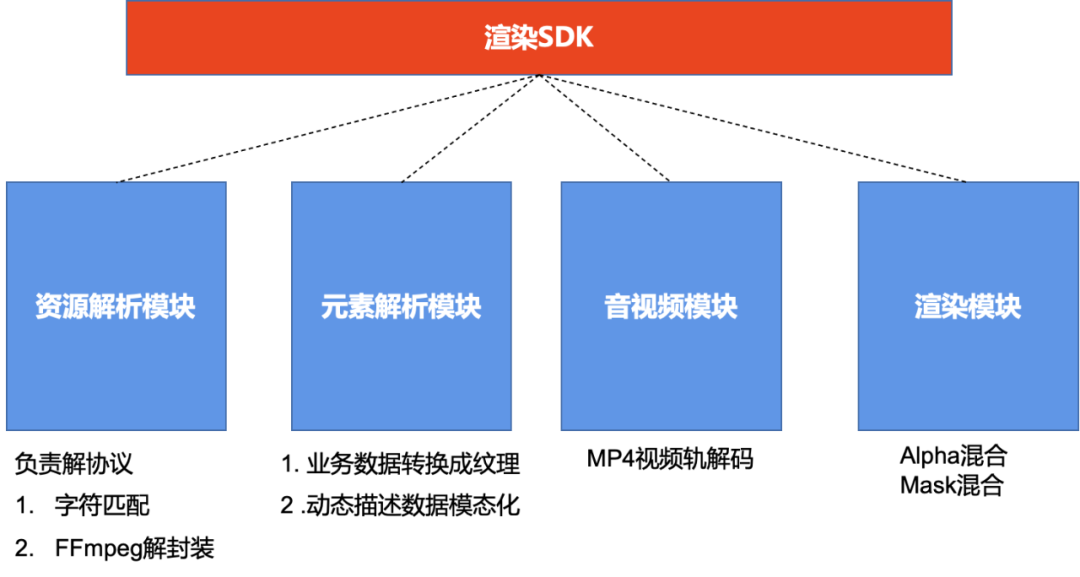
After the client reads a YYEVA resource, it will go through the following rendering process:
Use the resource parsing module to parse the Json data integrated in the Metadata segment
Then through the element parsing module, the dynamic Json data is modalized into corresponding objects.
Through the audio and video module, decode the audio and video tracks of MP4 resources
Render the video track + Mask dynamic elements to the screen one by one through the rendering module
The entire rendering process is as follows:
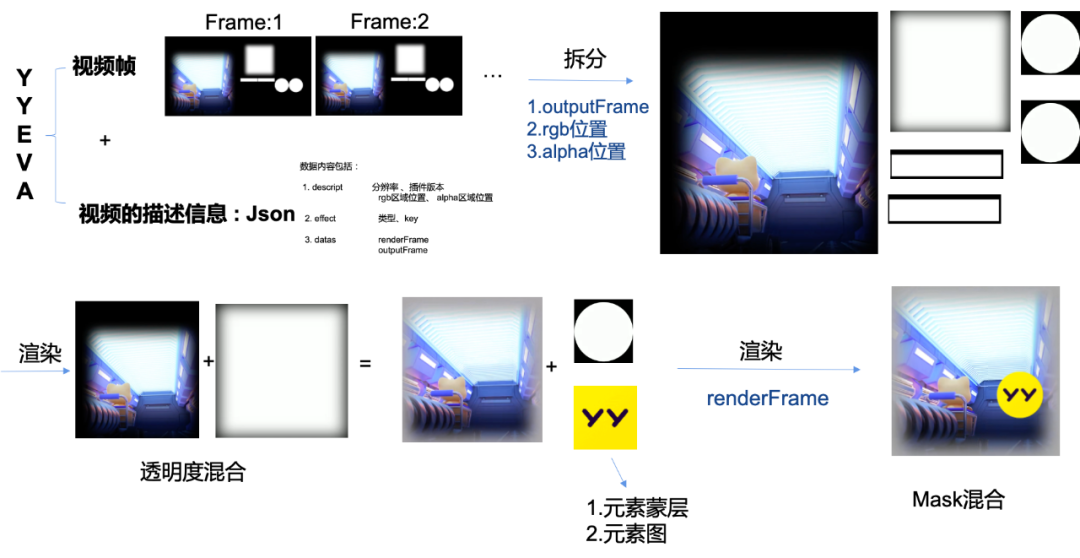
1. Extract the description information
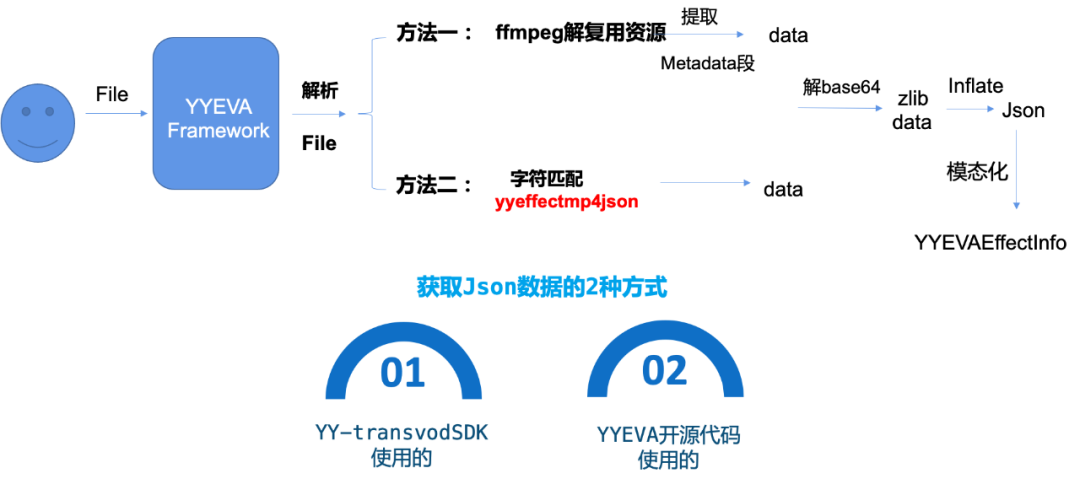
There are two ways to extract the Metadata information of MP4 as shown in the figure
When the plugin writes json data to MP4, we wrap the data in a layer of yyeffectmp4json[[jsondata]]yyeffectmp4json, this operation is mainly to quickly extract jsondata according to character matching
2. Implementation logic of client-side rendering
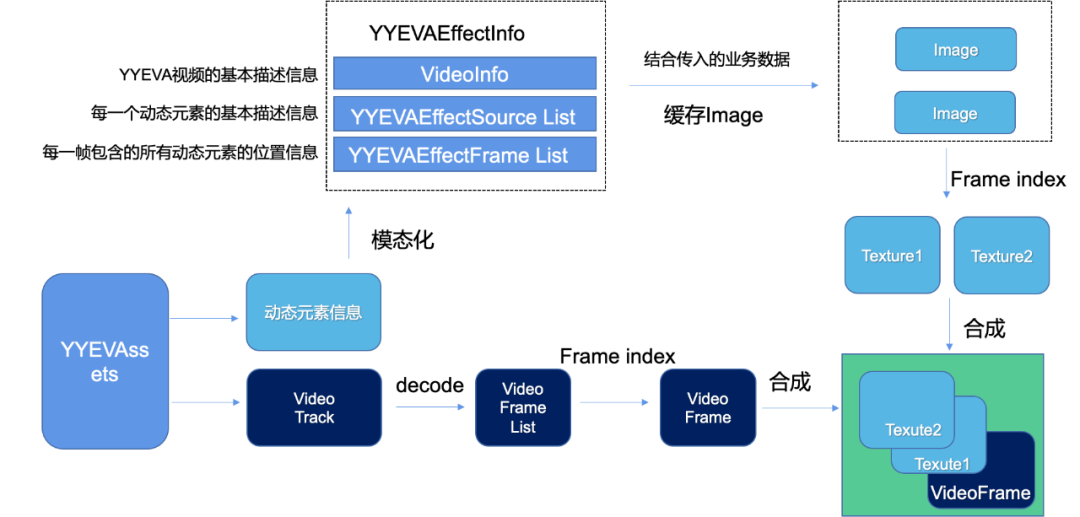
3. RGB+Alpha mixing
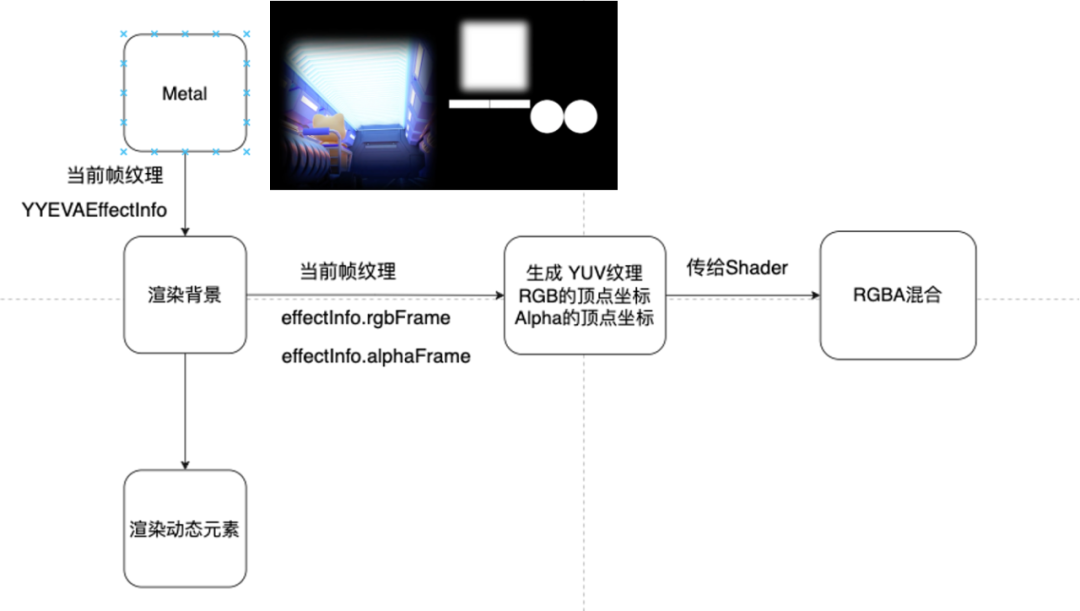
4. Mask mixing
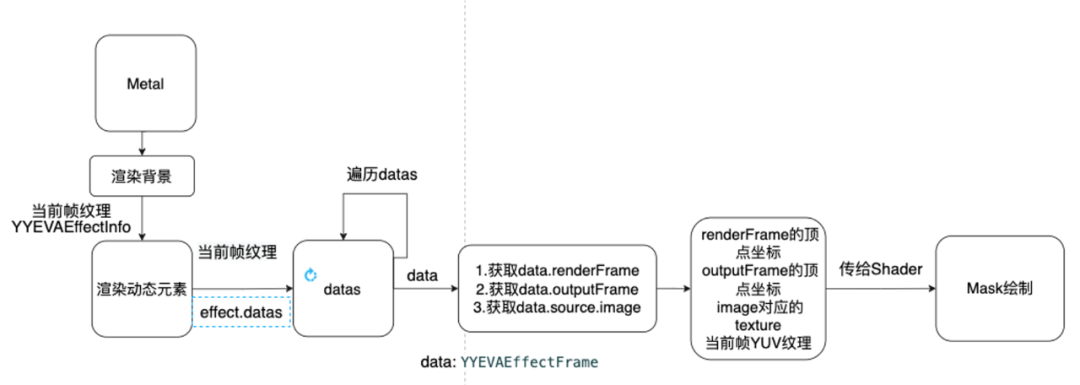
5. Rendering diagram

04 Conclusion
YYEVA is currently open source, including AE plug-ins, client-side rendering SDK (web/iOS/android), and friends who have other needs and ideas are welcome to leave a message in the comment area or submit valuable issues directly to the code repository.
Welcome everyone to star, your attention is our biggest motivation.
In the era of the current live broadcast business, dynamic playback solutions are also constantly developing and progressing, and various new dynamic effect solutions are emerging one after another. It is foreseeable that we will continue to explore and optimize in the future. Dynamic element rotation, support for more AE features, combined with AI technology, provide users with a better experience.
————END————
Recommended reading:
A brief analysis of the asset system architecture of Baidu’s trading platform
Understand APP speed test from zero to one
Flow logs can easily cope with complex scenarios of “1 billion IP pairs” and realize network traffic visualization of ultra-large-scale hybrid clouds
Baidu App Android Startup Performance Optimization – Tools
Application of digital human technology in live broadcast scenarios
Baidu engineers teach you to play with design mode (factory mode)
Super model engineering practice polishing, Baidu Intelligent Cloud releases cloud native AI 2.0 solution
Efficiency improvement practice of front-end and back-end data interface collaboration
#YYEVA #Motion #PlayerA #Solution #Perfect #Presentation #Dynamic #Elements #Baidu #Geeks #Personal #Space #News Fast Delivery
